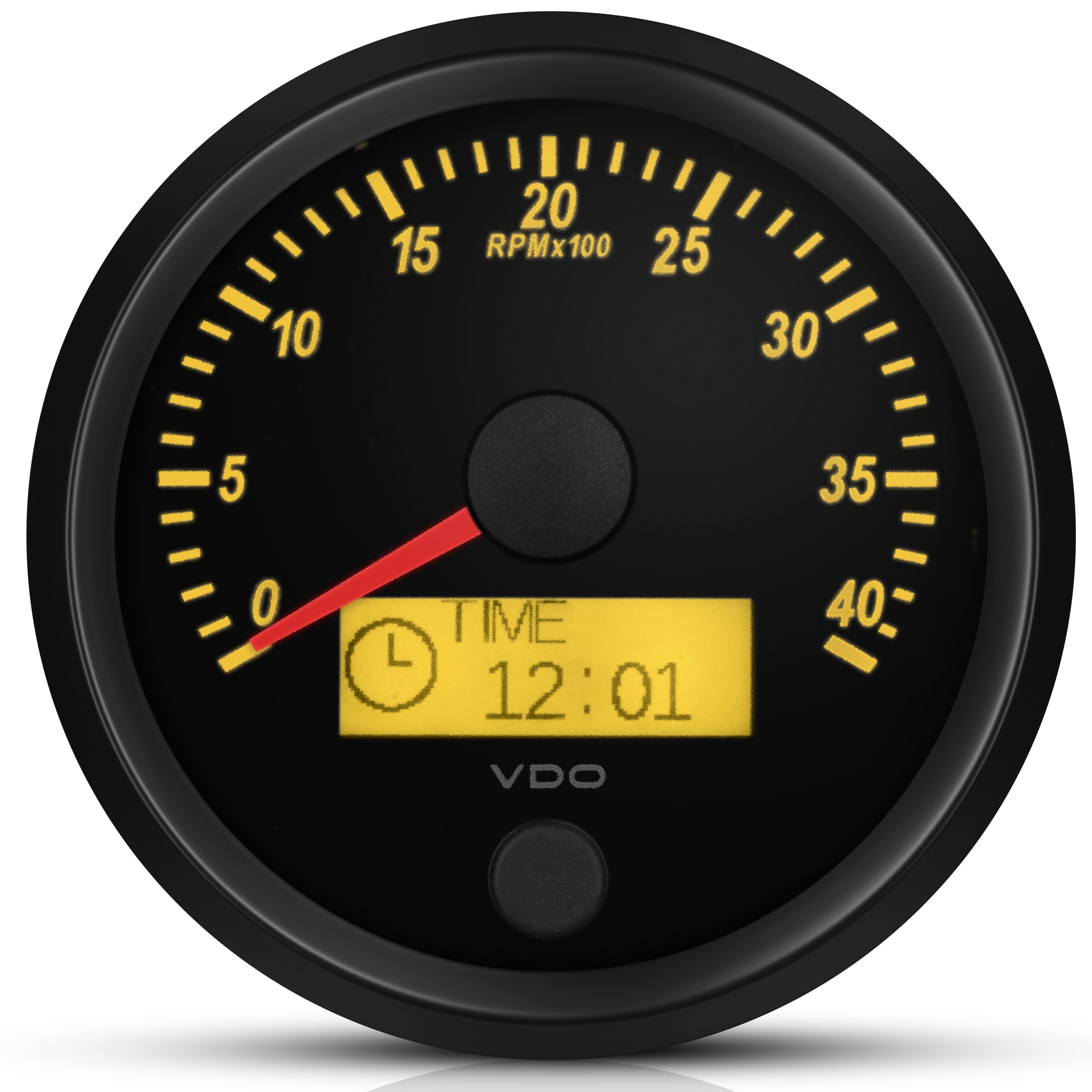How a Tachometer Assists Display Engine Health and Performance
How a Tachometer Assists Display Engine Health and Performance
Blog Article
The Significance of a Tachometer in Monitoring Engine Rate and Performance in Automotive Applications
In the realm of automotive engineering, the tachometer stands as a crucial instrument in the vehicle driver's toolbox, offering a straight home window right into the internal operations of a lorry's engine. Beyond its feature as a mere scale of revolutions per minute (RPM), the tachometer serves as a critical tool for lovers and experts alike, using real-time insights into engine efficiency and wellness.
Importance of Keeping An Eye On Engine RPM
Keeping track of engine RPM, or revolutions per min, is an essential facet of auto maintenance and efficiency assessment. Engine RPM directly correlates with the speed at which the engine's crankshaft rotates, suggesting just how promptly the engine is running.
Moreover, monitoring engine RPM is vital for performance assessment in auto racing and high-performance automobiles. Keeping optimum RPM levels is critical for accomplishing peak power result and velocity. Racers frequently use tachometers to guarantee they are operating within the ideal RPM array for maximum efficiency. In summary, monitoring engine RPM is not only important for detecting problems however additionally for enhancing engine efficiency in various automotive applications.

Advantages of Real-Time Information
In auto applications, real-time information plays a critical role in giving instantaneous understandings right into the performance and condition of the car. By constantly keeping track of numerous parameters such as engine rate, temperature, fuel intake, and extra, real-time information provides many advantages that add to improved efficiency and safety when traveling.
In addition, real-time data assists in efficiency optimization by offering immediate feedback on driving practices and engine effectiveness. Motorists can change their habits in real-time based on this details to achieve better gas economy and prolong the life expectancy of their vehicle.

Additionally, real-time data plays an important function in contemporary auto diagnostics, allowing technicians to promptly diagnose and attend to breakdowns. This causes minimized downtime, lower upkeep prices, and eventually, enhanced total vehicle dependability and long life (tachometer). By harnessing the power of real-time information, automobile stakeholders can make informed choices that positively influence both the efficiency and durability of the lorry
Effect On Gear Shifts
The tachometer plays an important function in maximizing equipment shifts by supplying real-time engine speed information to the chauffeur. When approaching the redline on the tachometer, it signifies the chauffeur to upshift to prevent over-revving the engine and triggering prospective damage.
Additionally, the tachometer aids in achieving smoother gear changes, specifically in hand-operated transmissions. By monitoring engine rate, drivers can perform gear changes at the optimum RPM array, reducing snagging motions and lessening endure the transmission components. This precision on duty changes not only improves driving comfort however also adds to sustain effectiveness.
Enhancing Gas Performance
Provided the essential duty the tachometer plays in maximizing gear shifts for performance and engine wellness, it directly adds to taking full advantage of fuel performance in automotive applications. By giving real-time feedback on engine rate, the tachometer aids vehicle drivers in keeping one of the most reliable RPM range for gas economic situation. When motorists constantly monitor the tachometer and change their motoring routines accordingly, they can stay clear of unneeded gas intake triggered by over-revving or carrying the engine.
Moreover, the tachometer helps vehicle drivers recognize the most fuel-efficient gear to be in at any kind of given Web Site minute, avoiding the engine from working more challenging than essential. This is especially essential throughout velocity and cruising, where being in the right equipment can significantly influence fuel effectiveness. Furthermore, the tachometer can signal motorists to potential mechanical problems that might be negatively affecting fuel economic situation, such as a sliding clutch or a clogged up air filter. To conclude, the tachometer functions as an important tool in improving gas efficiency by promoting optimal driving behaviors and identifying locations for improvement in the vehicle's efficiency.

Optimizing Engine Longevity
The tachometer's role in checking engine rate and performance is instrumental in guaranteeing the long life of auto engines. By using the tachometer properly, vehicle drivers can maximize engine longevity via mindful RPM administration. Consistently revving an engine expensive More Info can lead to extreme deterioration on important elements, such as the pistons, valves, and bearings. Gradually, this can cause lowered engine efficiency and possible breakdowns. Monitoring the tachometer allows drivers to stay within the recommended RPM range for their automobile, stopping unneeded pressure on the engine and expanding its lifespan.

Final Thought
Finally, the tachometer plays a critical duty in keeping an eye on engine speed and performance in vehicle applications. By giving real-time information on RPM, it permits for effective equipment changes, improved gas effectiveness, and maximized engine long life. This device is vital for preserving optimum engine performance and ensuring the overall performance of a lorry.
Report this page